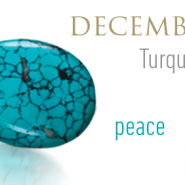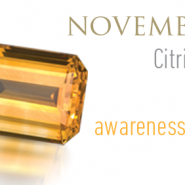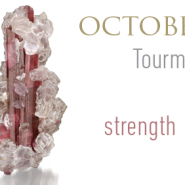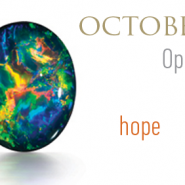Turquoise, the December birthstone, has a distinct blue or greenish-blue color because it contains copper, and is most commonly found in China and the U.S. southwestern states Arizona, New Mexico, Colorado and Nevada.
Read More >>Topaz, November’s birthstone, is a mineral species that naturally occurs in a range of color, including various reds, pinks, purples, yellows, oranges, browns, and more rarely, pale blue. Topaz in yellow and reddish brown are commonly heated to create more desirable pink gems.
Read More >>November’s birthstone, citrine, comes in the colors of citrus fruits, ranging from deep reddish orange, reminiscent of Madeira wines, to pale and saturated yellow hues. In fact, its name is derived from the French word “citron,” which means “lemon.” Citrine’s optimistic colors bring to mind the warmth of mid-day sunshine.
Read More >>Tourmaline, the October birthstone, comes in almost every color of the rainbow. The most popular varieties range from rich reds, pinks and peach colors, to emerald greens and yellows, to blues and violets.
Read More >>Opal, October’s birthstone, is a captivating gemstone because of its unique optical characteristics. Opals often exhibit a spectrum of colors called “play-of-color,” which is when viewed from various directions. The Roman naturalist, Pliny the Elder, referred to opal’s play-of-color in the 1st century AD when he wrote: “For in them you shall see the living fire of ruby, the glorious purple of the amethyst, the sea-green of the emerald, all glittering together in an incredible mixture of light.”
Read More >>





